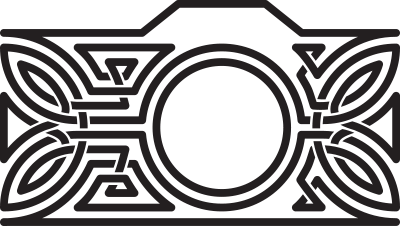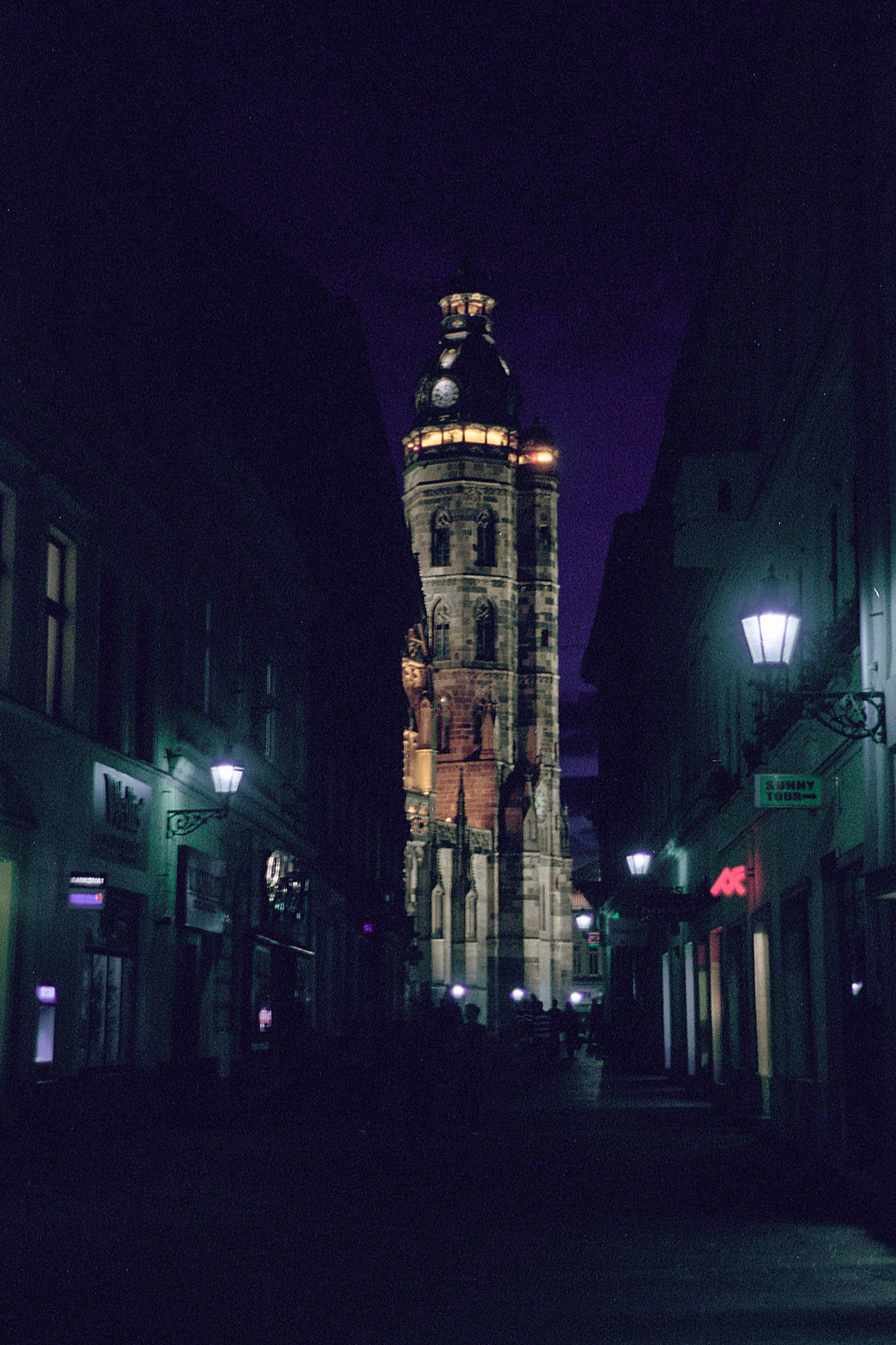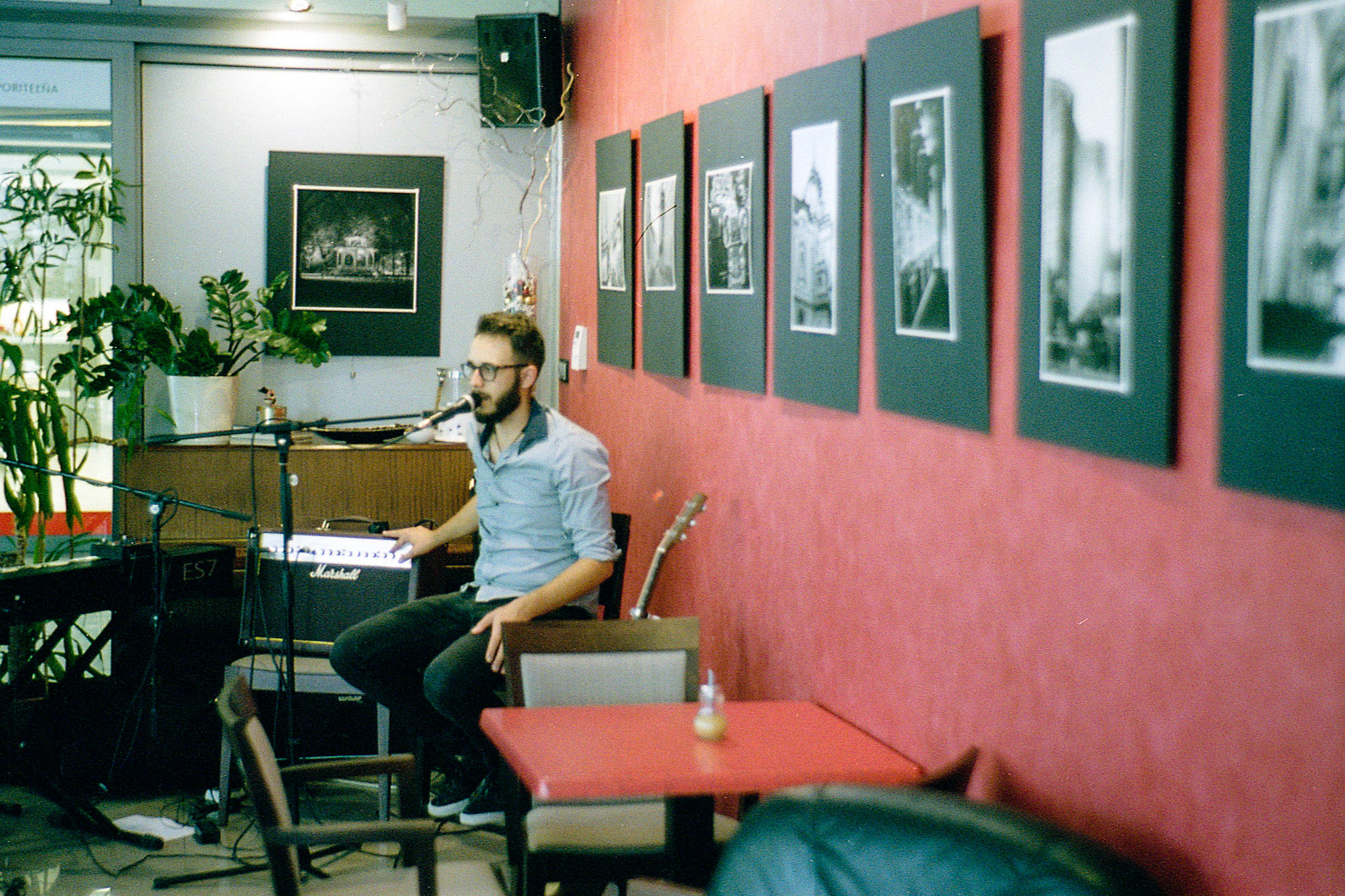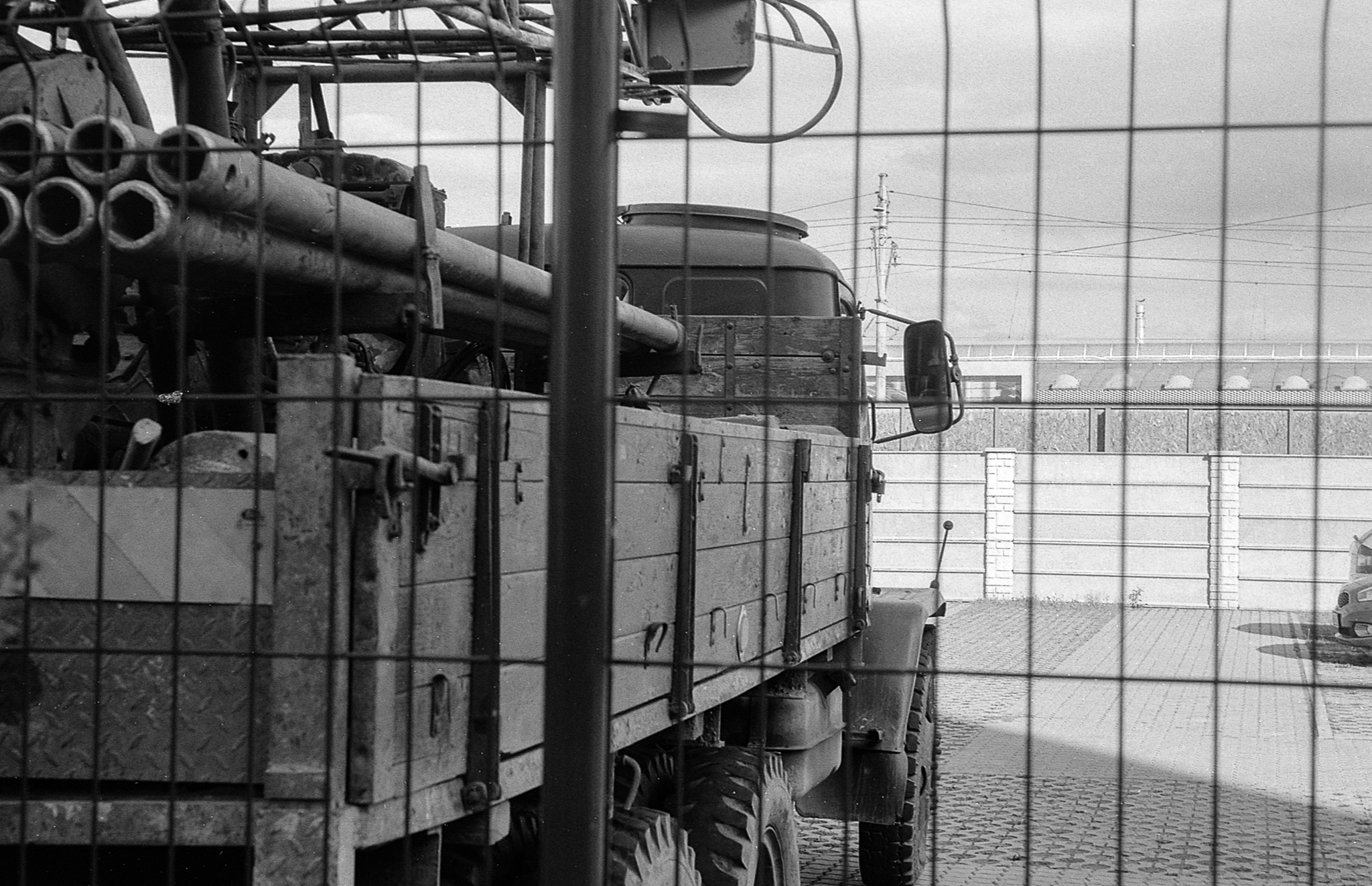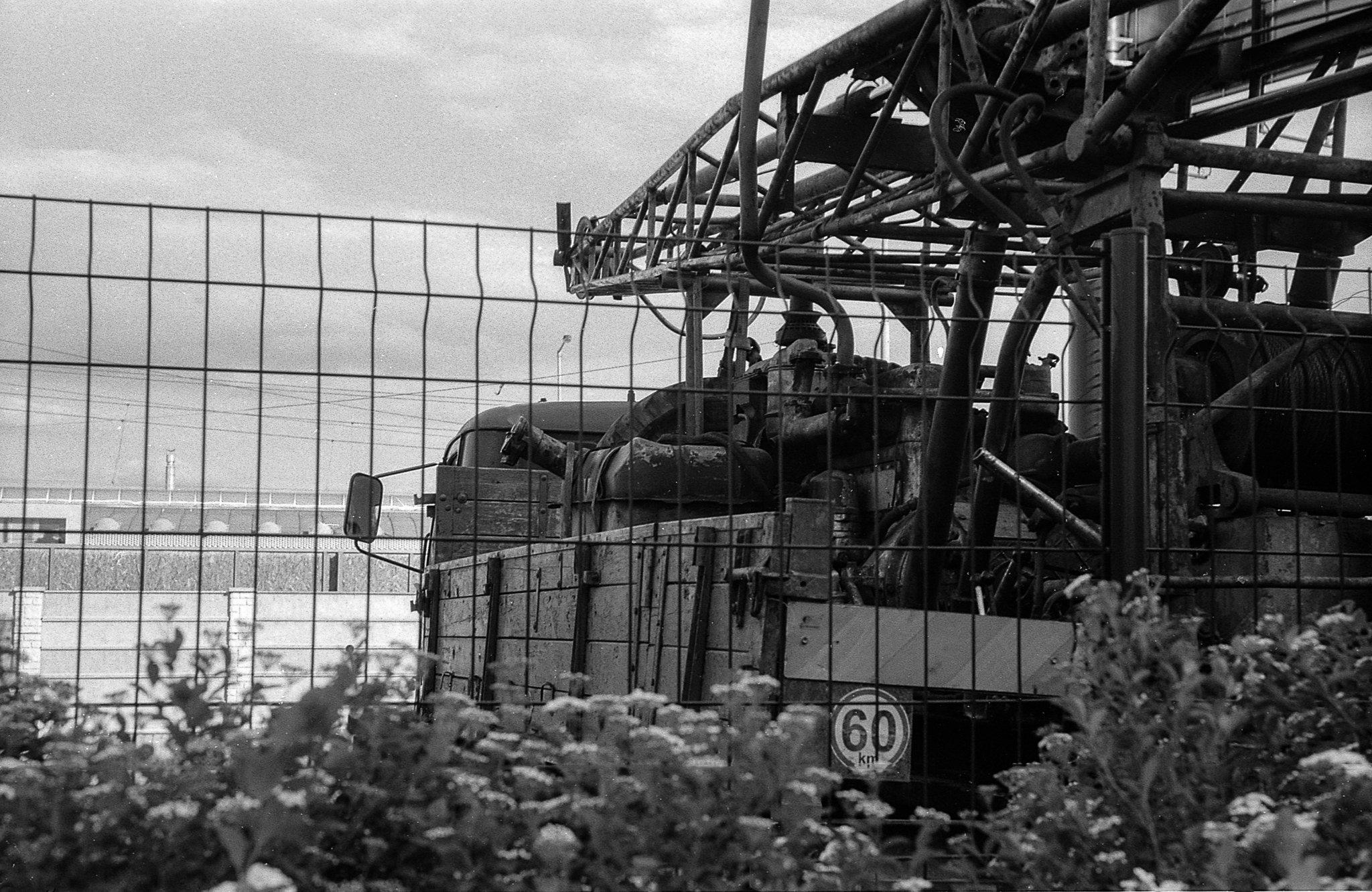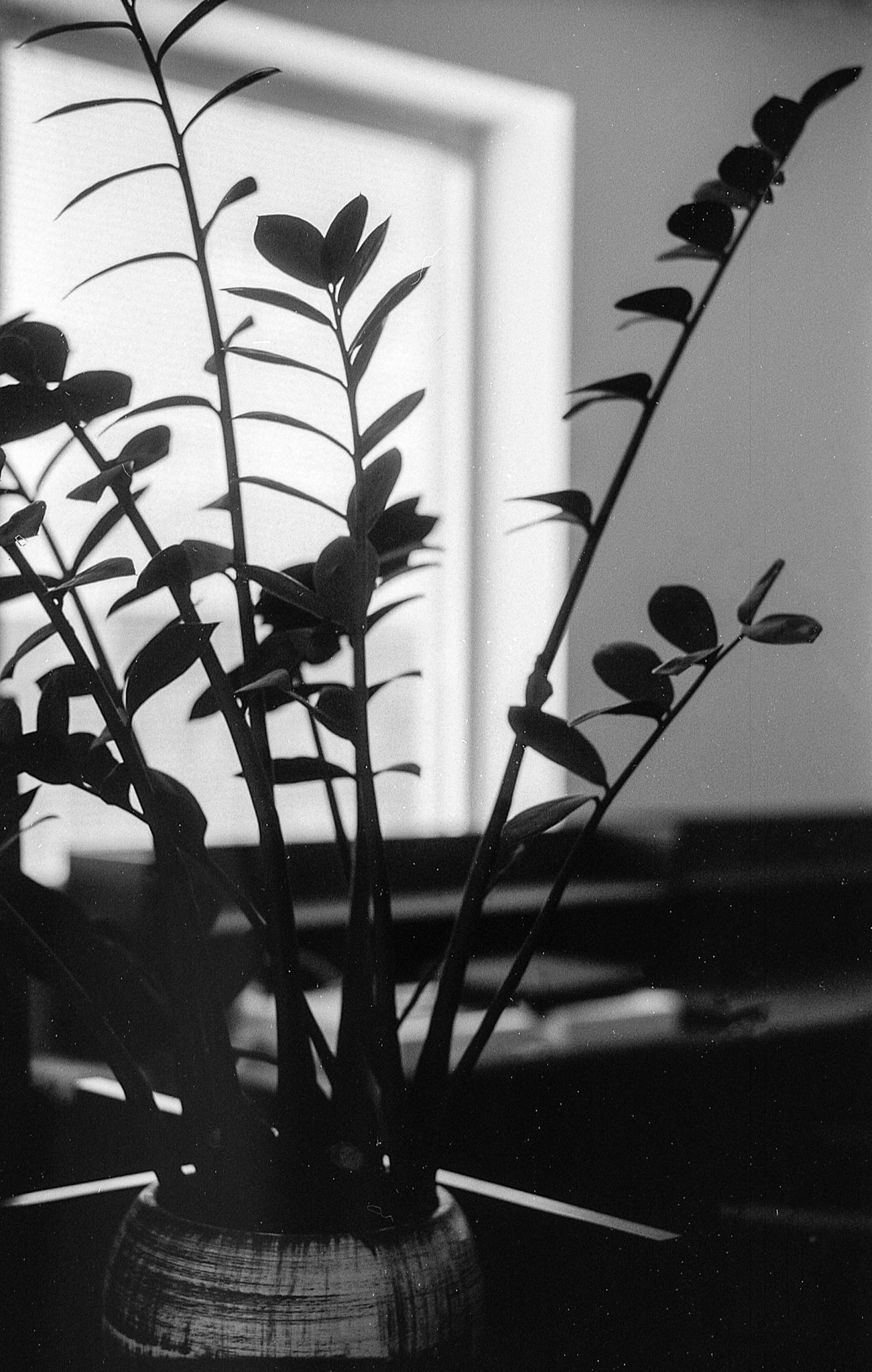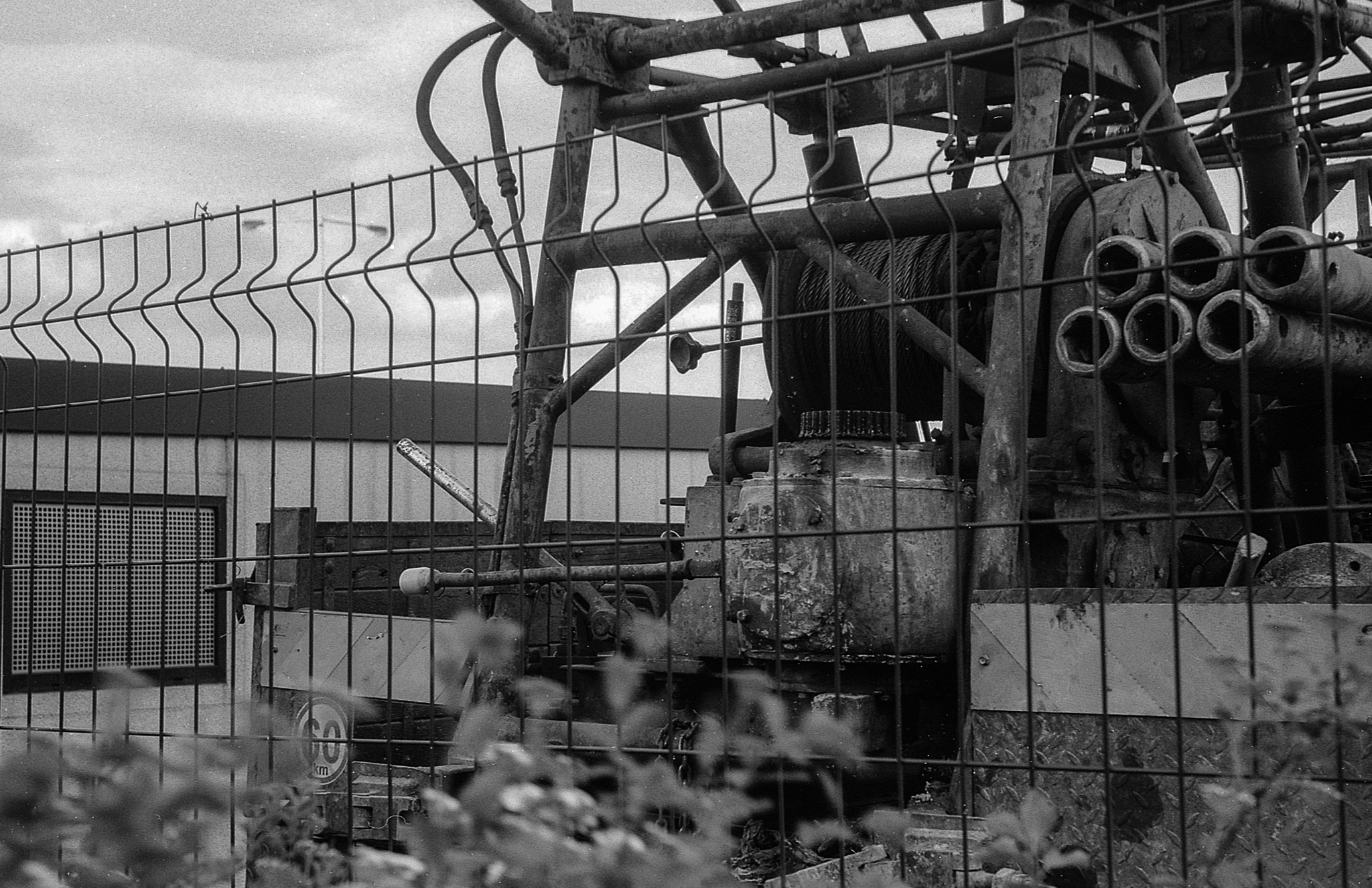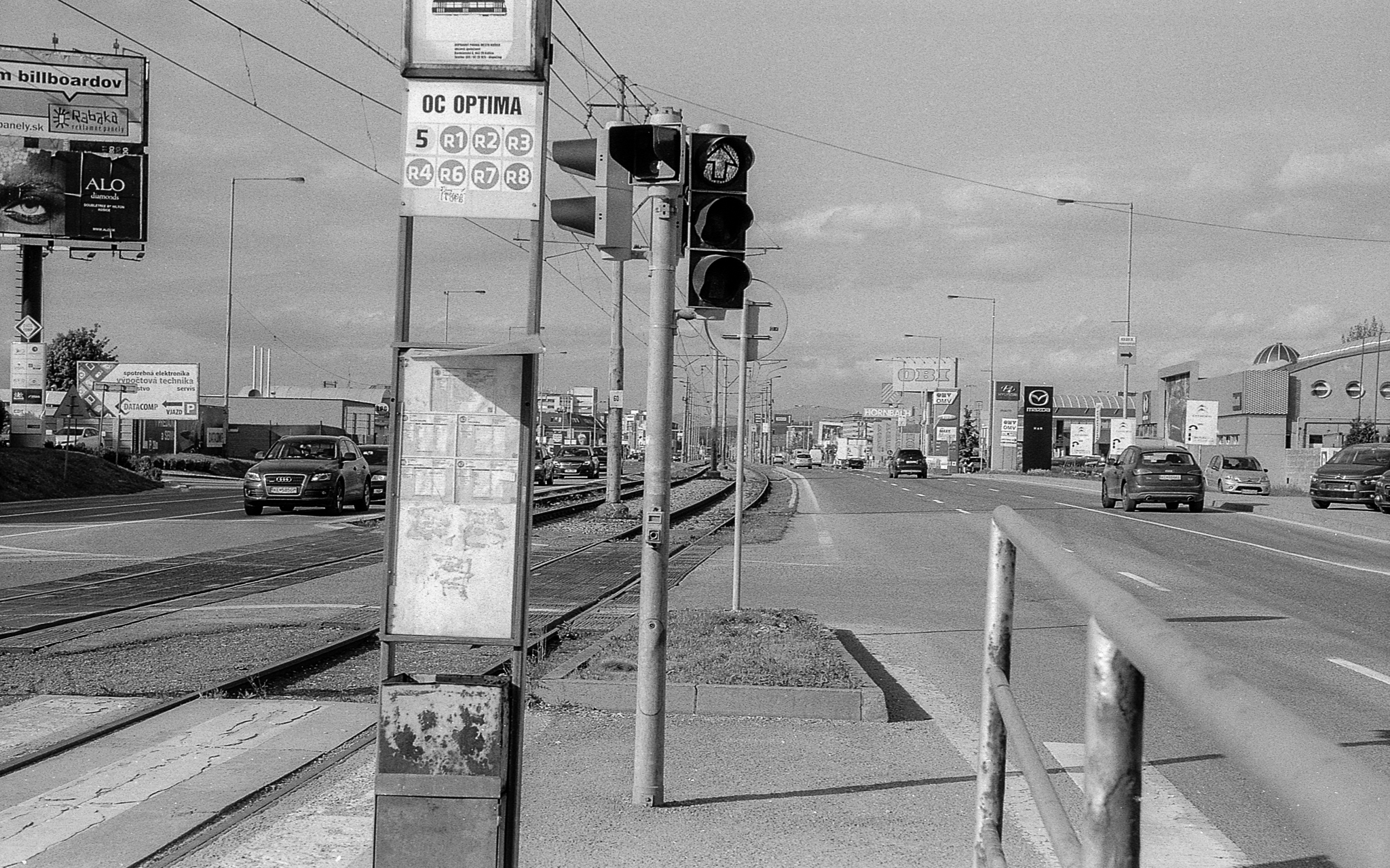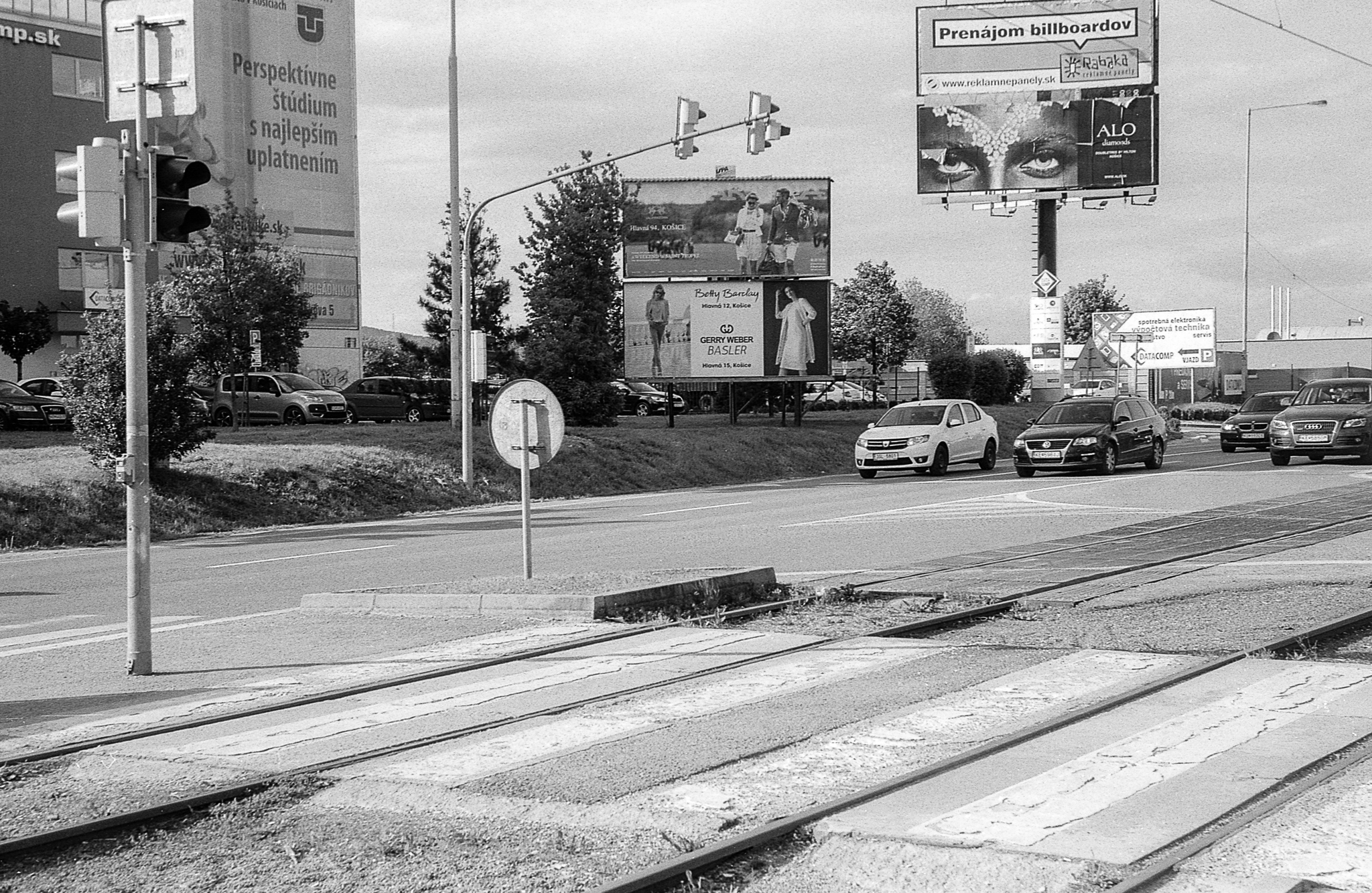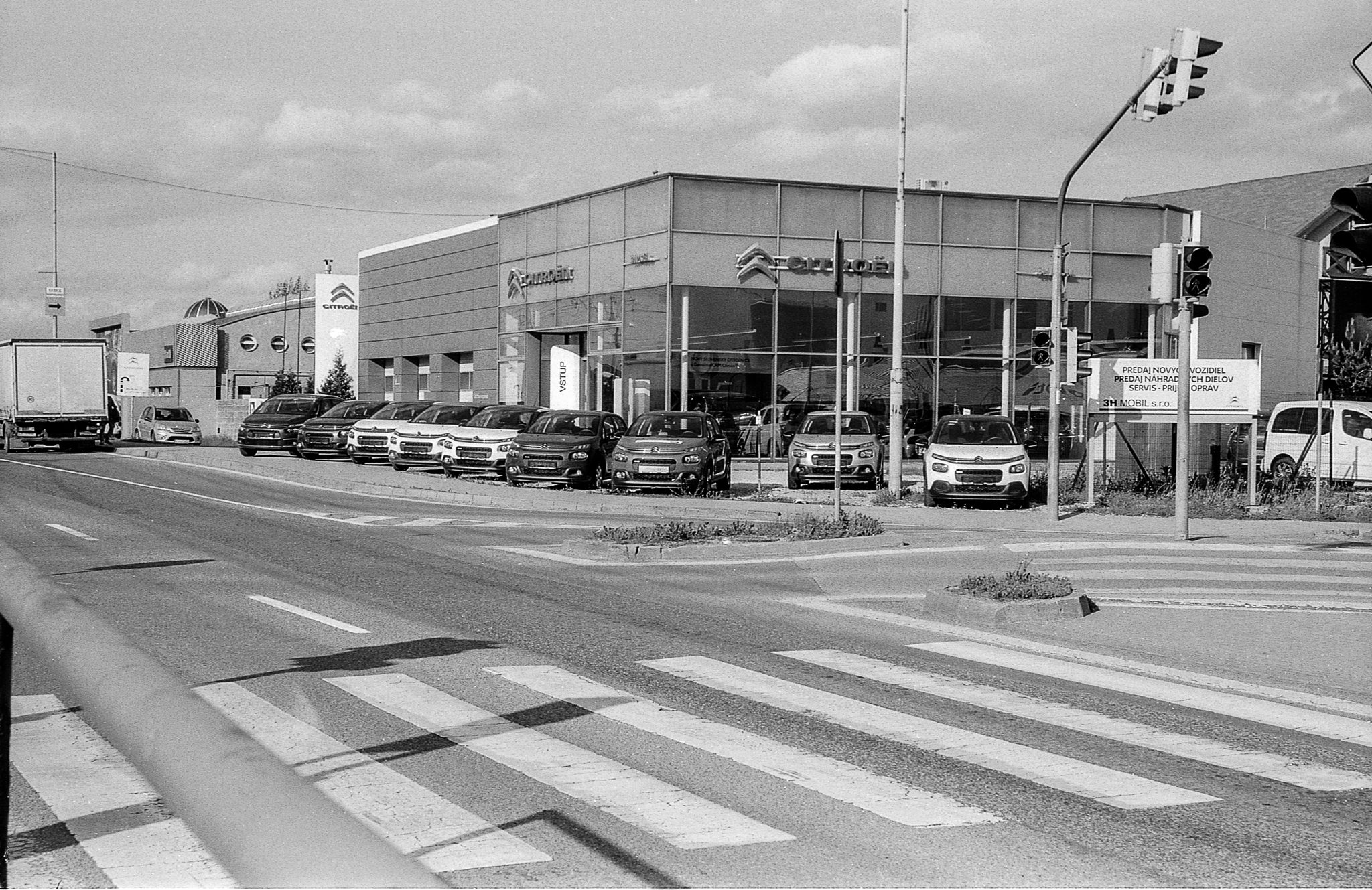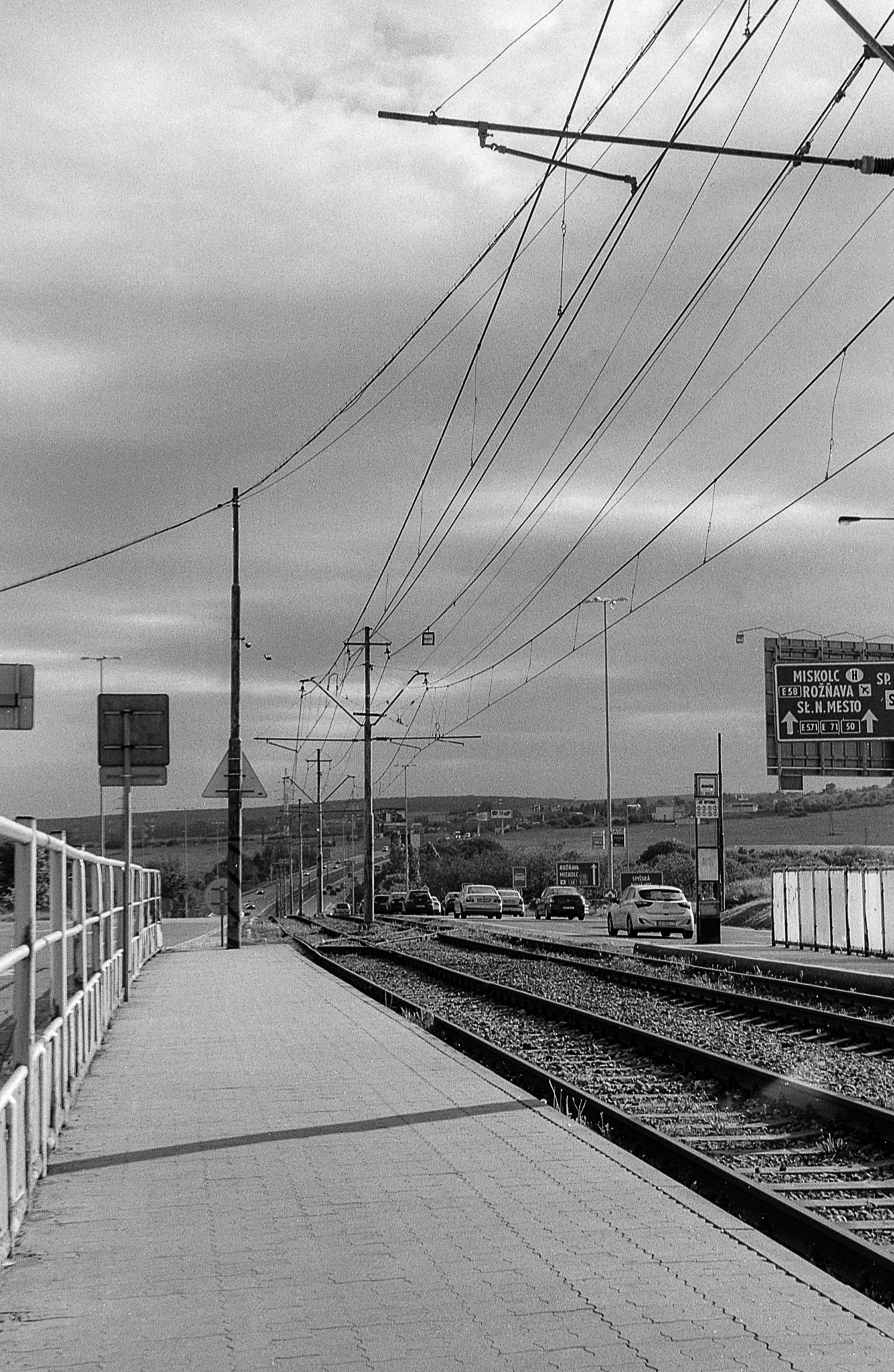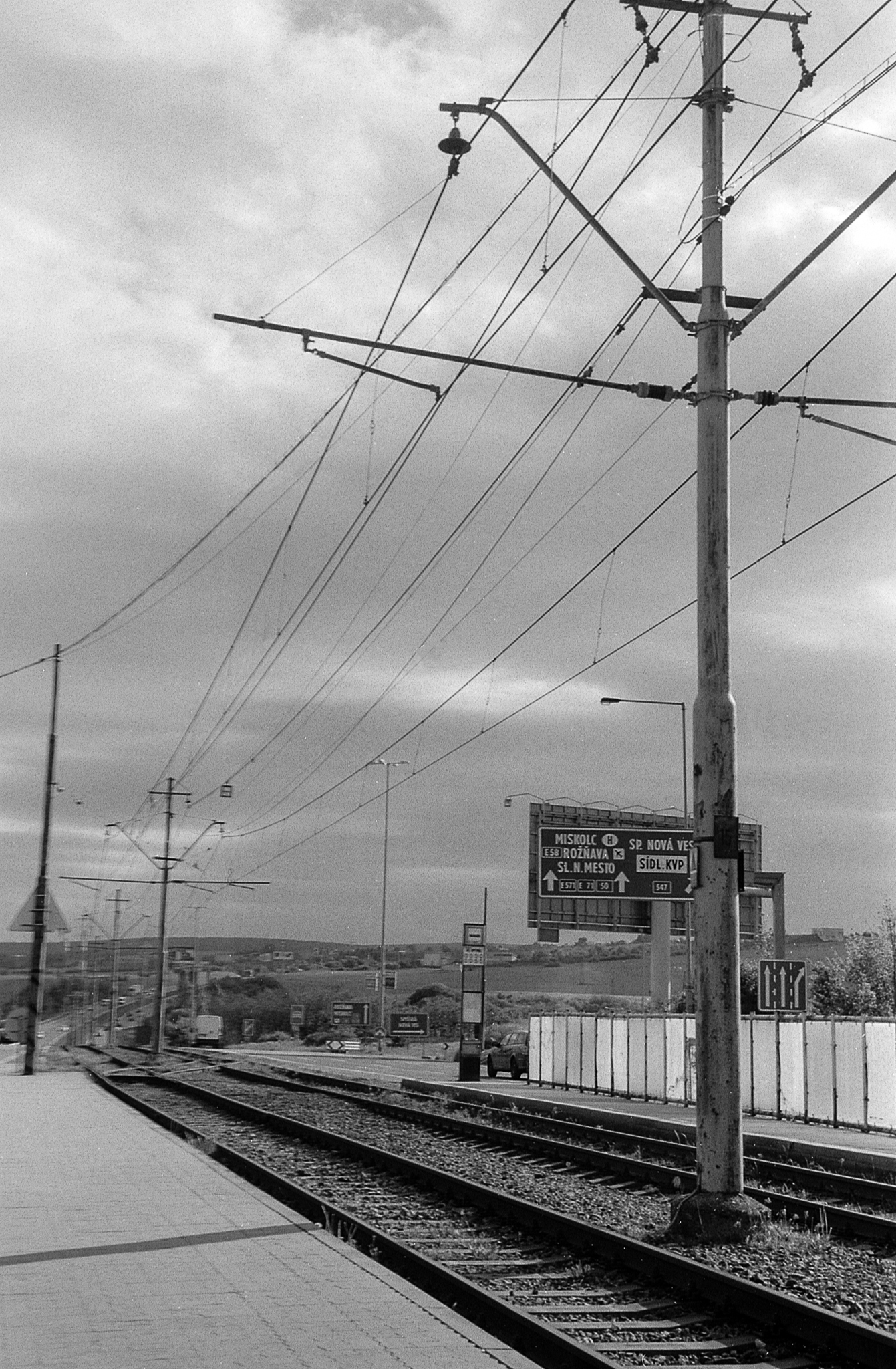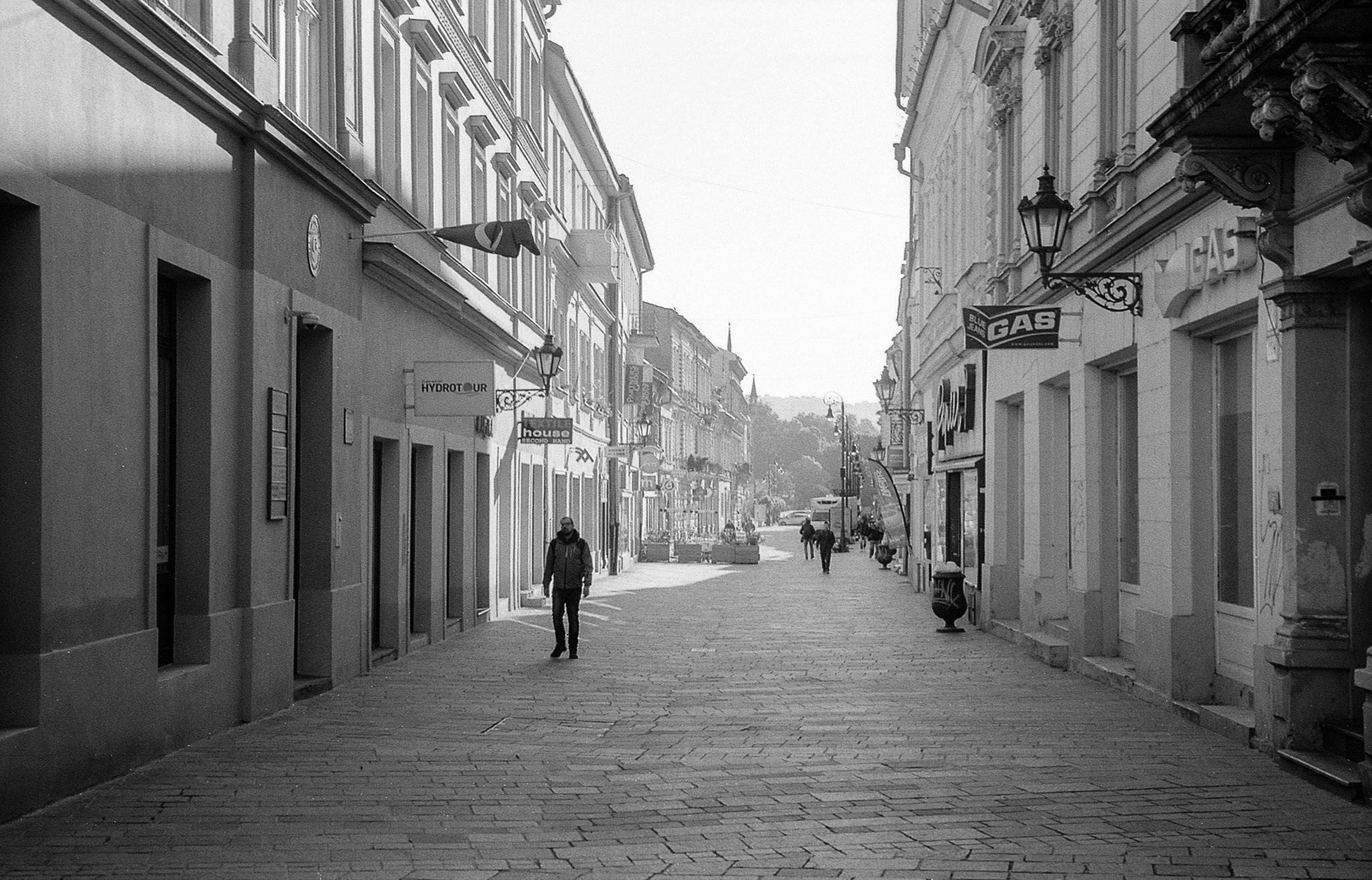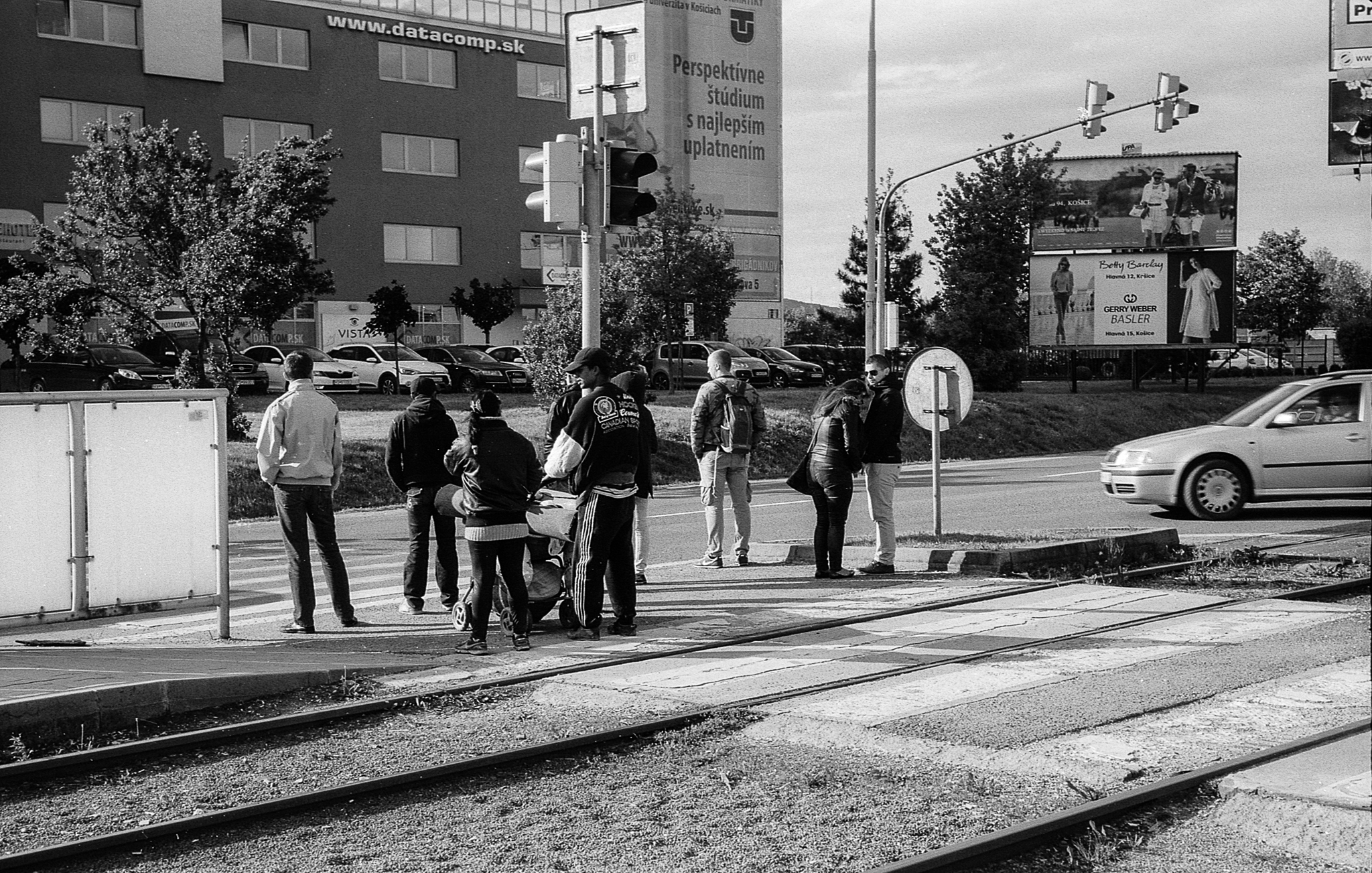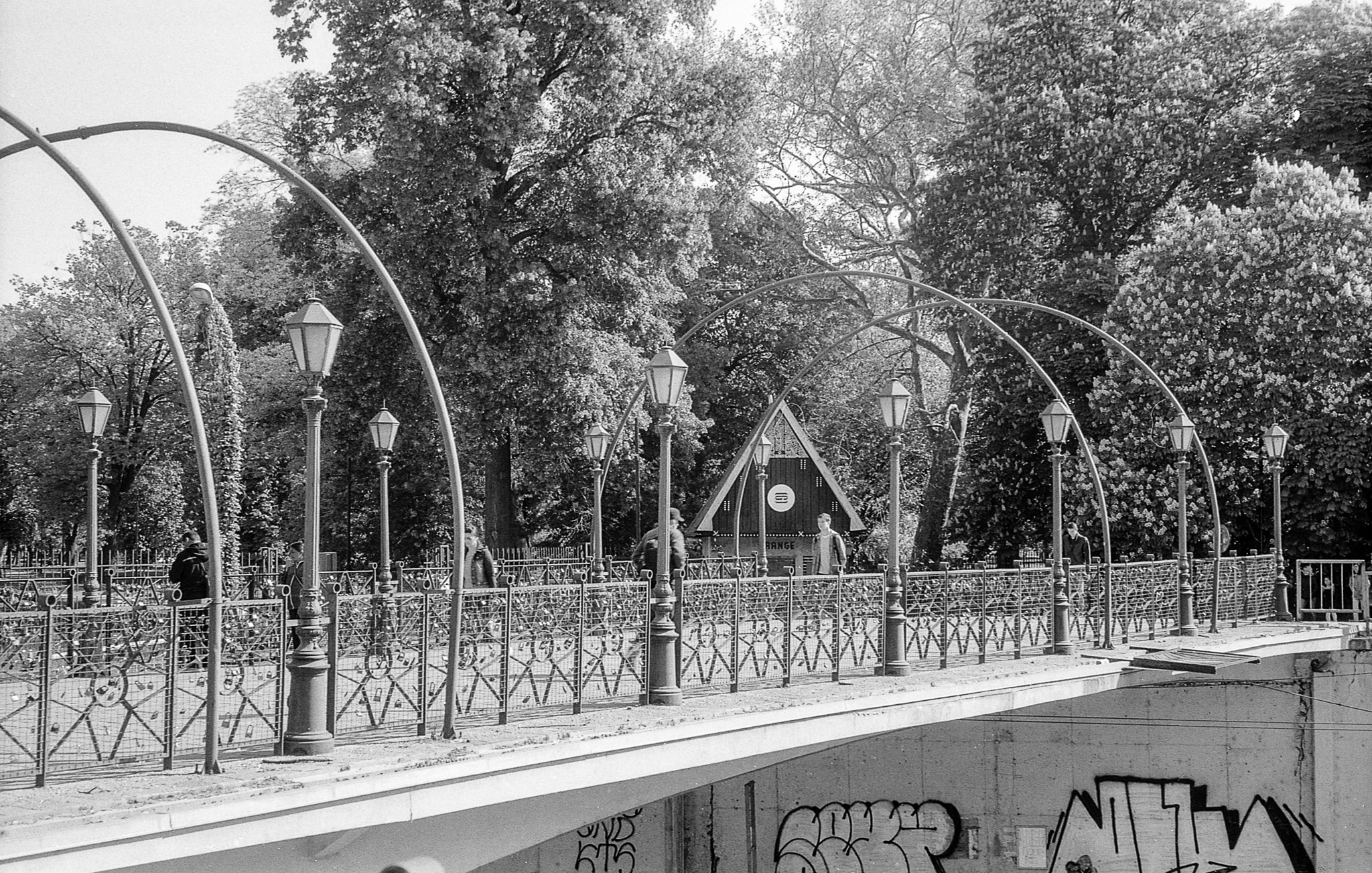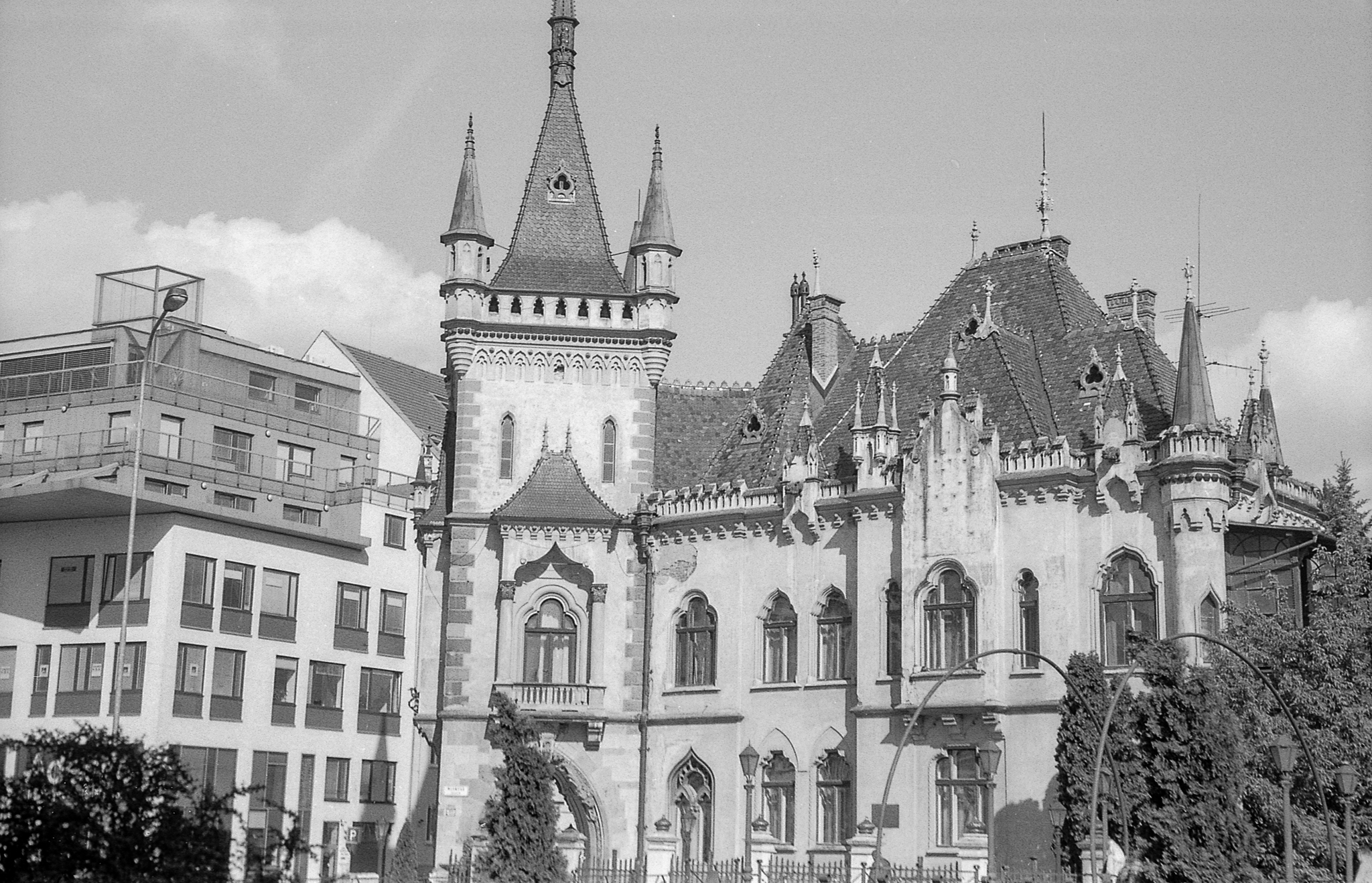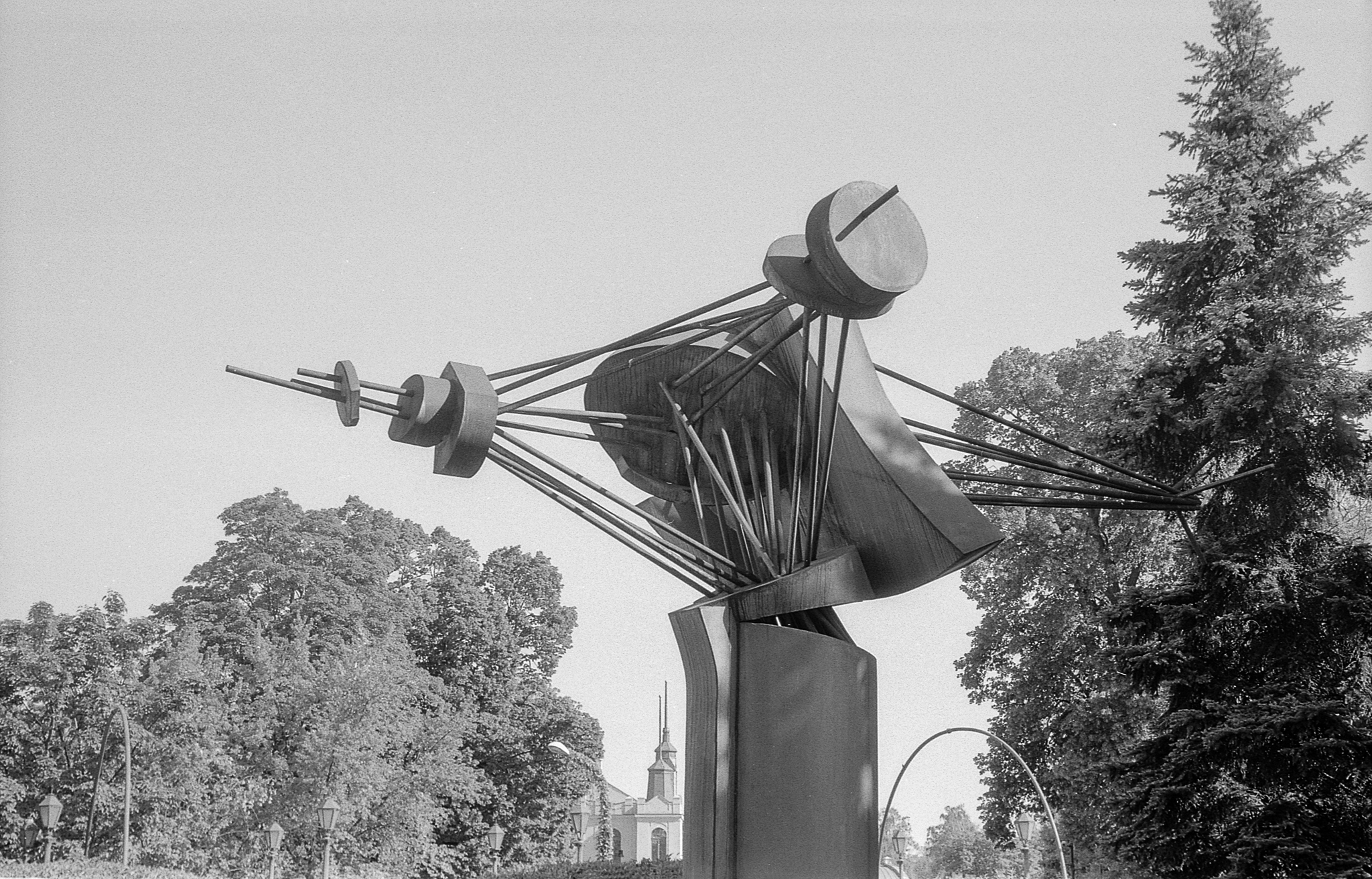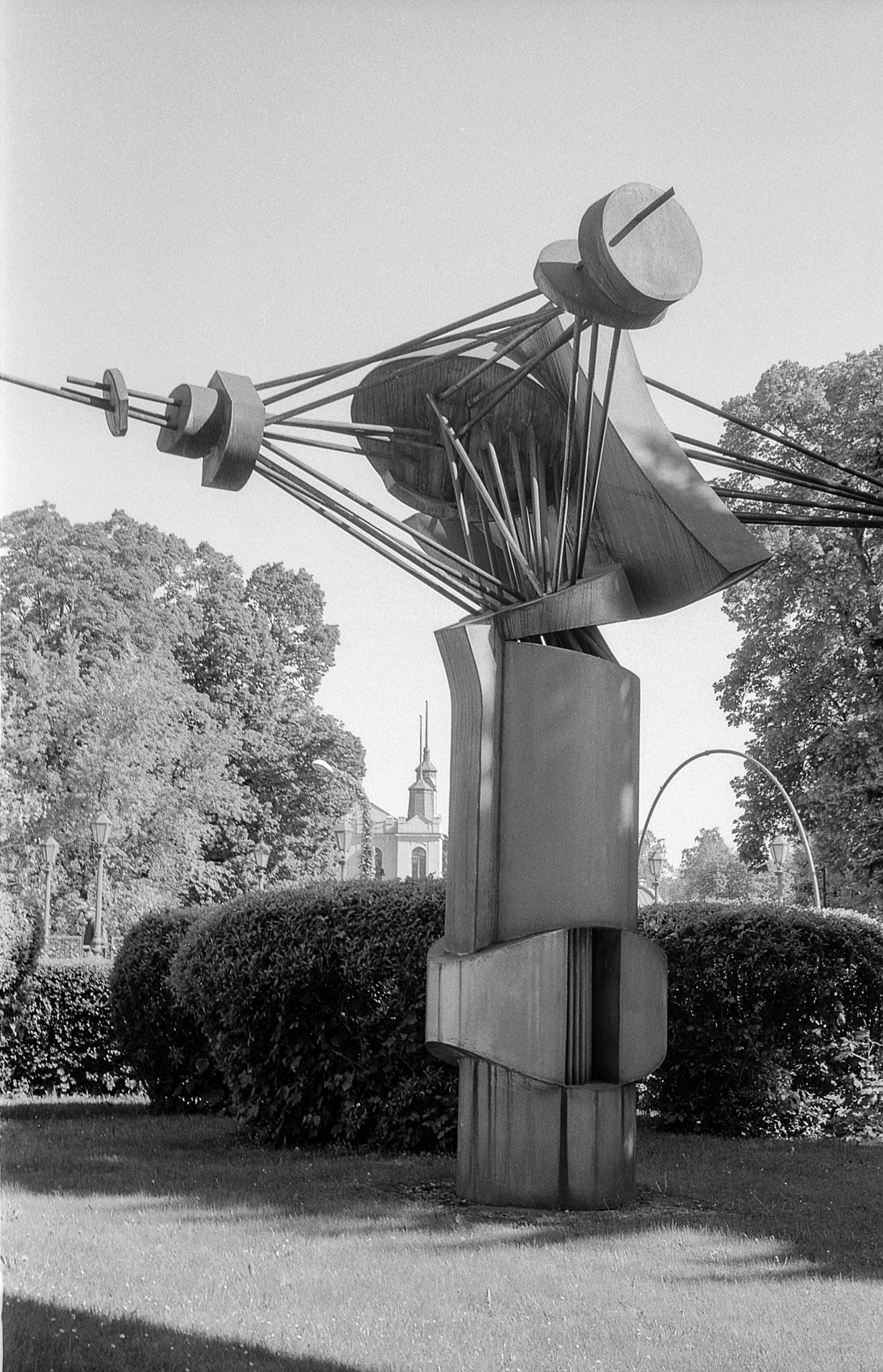 While the FEDs and Zorkis are probably the best known Soviet rangefinders, the Arsenalna factory in Kyiv also made 35mm rangefinders. After WWII, the Contax production lines had been ‘liberated’ from the Carl Zeiss factory in Jena, East Germany and were rebuilt at the Arsenalna factory. This made the Kiev product substantially different to the other Soviet rangefinders which were copied from Leicas. Kiev cameras were aimed at a more professional audience than the mass-market FEDs and Zorkis and they weren’t widely exported either so finding one outside the former USSR is uncommon.
While the FEDs and Zorkis are probably the best known Soviet rangefinders, the Arsenalna factory in Kyiv also made 35mm rangefinders. After WWII, the Contax production lines had been ‘liberated’ from the Carl Zeiss factory in Jena, East Germany and were rebuilt at the Arsenalna factory. This made the Kiev product substantially different to the other Soviet rangefinders which were copied from Leicas. Kiev cameras were aimed at a more professional audience than the mass-market FEDs and Zorkis and they weren’t widely exported either so finding one outside the former USSR is uncommon.
 Comparing my Kiev rangefinders to contemporary FEDs really shows the difference in quality. While the build quality is the usual hit-and-miss experience that all Soviet cameras exhibit, the engineering is several steps beyond. Unlike the orphans forced to build FEDs in Kharkiv or the peasants drafted to assemble Zorkis in Krasnogorsk, the Arsenalna factory was staffed with better quality engineers and was fitted out with the best machinery in the Soviet Union (much of which had just been pulled out of factories in occupied Germany). The Arsenalna factory had a 200 year history of building precision military equipment, everything from field guns to inertial navigation systems for early Soviet missiles and rockets.
Comparing my Kiev rangefinders to contemporary FEDs really shows the difference in quality. While the build quality is the usual hit-and-miss experience that all Soviet cameras exhibit, the engineering is several steps beyond. Unlike the orphans forced to build FEDs in Kharkiv or the peasants drafted to assemble Zorkis in Krasnogorsk, the Arsenalna factory was staffed with better quality engineers and was fitted out with the best machinery in the Soviet Union (much of which had just been pulled out of factories in occupied Germany). The Arsenalna factory had a 200 year history of building precision military equipment, everything from field guns to inertial navigation systems for early Soviet missiles and rockets.
So, looking at the camera, the first thing is the lens mount. The camera uses the Contax bayonet mount rather than the m39 screw mount that was almost universal amongst other cameras at the time. The mount is cleverly designed so that the whole assembly rotates as the lens focuses. This avoids the problem that many screw mount systems have where you can accidentally unscrew the lens while trying to focus if you aren’t careful. There’s a catch in a spring arm that a tab on the lens slots into which locks the whole mechanism in place. You can focus by turning the lens as usual or, there’s a wheel on the top plate that also turns the mount for focusing. The lens locks at infinity and turning it to a shorter focal distance requires that you either press a button on the front or, if you use the top wheel, you will automatically press a lever that unlocks the focus.

The lens itself is a Iopiter 8 50mm f/2 lens that is a direct copy of the 50mm CZJ Sonnar lens. It’s a pretty nice lens and my copy is in good condition still and very sharp at all apertures – it goes from f/2 to f/22. Focusing is incredibly good for a rangefinder thanks to the very wide rangefinder track. The two windows are a long way apart so you can be very accurate with focus. The lens also has a great range between minimum focusing distance and infinity. It will focus accurately at less than a metre and won’t hit infinity until about 30 metres out. The rangefinder window right underneath the shutter release button means that you have to really tuck your fingers out of the way otherwise it’s very easy to get them in the way of the rangefinder window.
There’s no lightmeter or flash sync although there is a coldshoe for accessories. The shutter speed selector  is built into the advance wheel, you have to lift the crown and turn it to the required speed. As with the Leica-based cameras, you must do this after you have wound the film on otherwise you will break the mechanism. Unlike the Leica clones however, there’s a much better selection of speeds. The fastest is a blazing 1/1250th thanks to the vertical shutter and it goes down to 1/2 second with a B option too. Putting the shutter button, shutter-speed selector and winding wheel all together does mean that the top plate is unusually clean however, there’s just the one multi-function wheel at one end of the camera with the rewind wheel at the other end. There’s a film counter window as well but mine doesn’t work so that may be a weekend project at some point. The camera also has a neat little kickstand thing built into the tripod bush that lets the camera sit steady on a flat surface even with a larger lens fitted.
is built into the advance wheel, you have to lift the crown and turn it to the required speed. As with the Leica-based cameras, you must do this after you have wound the film on otherwise you will break the mechanism. Unlike the Leica clones however, there’s a much better selection of speeds. The fastest is a blazing 1/1250th thanks to the vertical shutter and it goes down to 1/2 second with a B option too. Putting the shutter button, shutter-speed selector and winding wheel all together does mean that the top plate is unusually clean however, there’s just the one multi-function wheel at one end of the camera with the rewind wheel at the other end. There’s a film counter window as well but mine doesn’t work so that may be a weekend project at some point. The camera also has a neat little kickstand thing built into the tripod bush that lets the camera sit steady on a flat surface even with a larger lens fitted.
 Physically it’s slightly larger than a FED 2 and slightly smaller than a FED 3. Not by much in either direction though, the footprint is the same, there are just a few millimetres in height between them. It feels about the same weight as well. My only real usability beef with the camera is that the button that decouples the sprocket for rewinding actually sticks out of the bottom of the camera. It is flanked by a tripod bush and a locking catch for the film door that also stick out, so it doesn’t get pressed in when the camera is on a flat surface, but it is very easy to accidentally press it when winding the camera on. This obviously results in double or overlapping exposures. Just as with earlier Leica-clones, the whole back and the base plate come off for loading and unloading film.
Physically it’s slightly larger than a FED 2 and slightly smaller than a FED 3. Not by much in either direction though, the footprint is the same, there are just a few millimetres in height between them. It feels about the same weight as well. My only real usability beef with the camera is that the button that decouples the sprocket for rewinding actually sticks out of the bottom of the camera. It is flanked by a tripod bush and a locking catch for the film door that also stick out, so it doesn’t get pressed in when the camera is on a flat surface, but it is very easy to accidentally press it when winding the camera on. This obviously results in double or overlapping exposures. Just as with earlier Leica-clones, the whole back and the base plate come off for loading and unloading film.
It’s a fun camera to use, but the relative scarcity of Contax lenses means that I’m unlikely to try it with different focal lengths.
